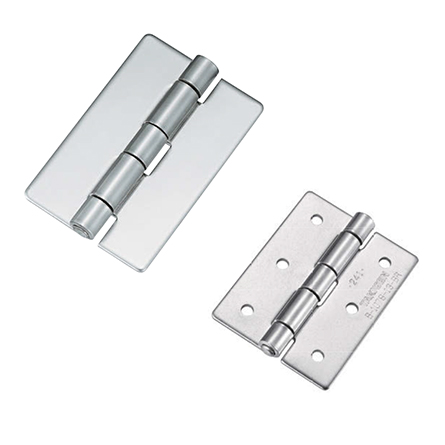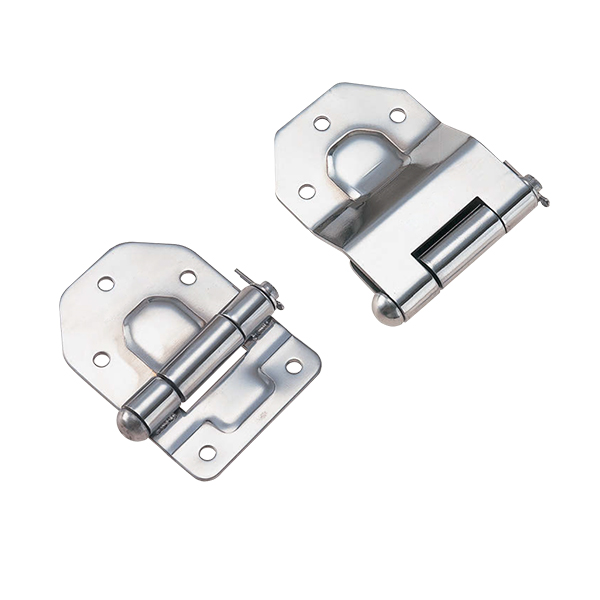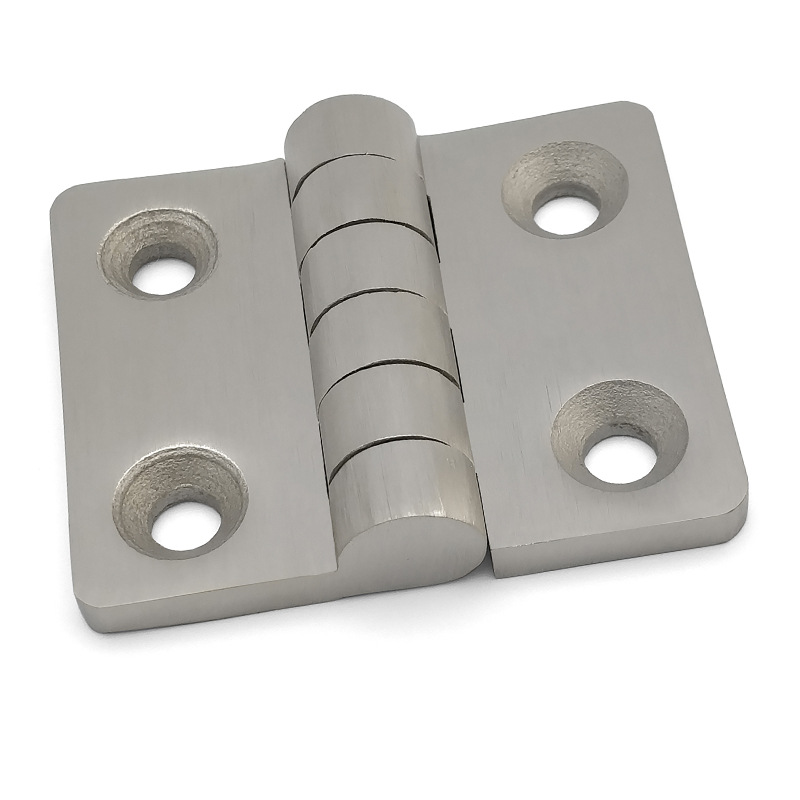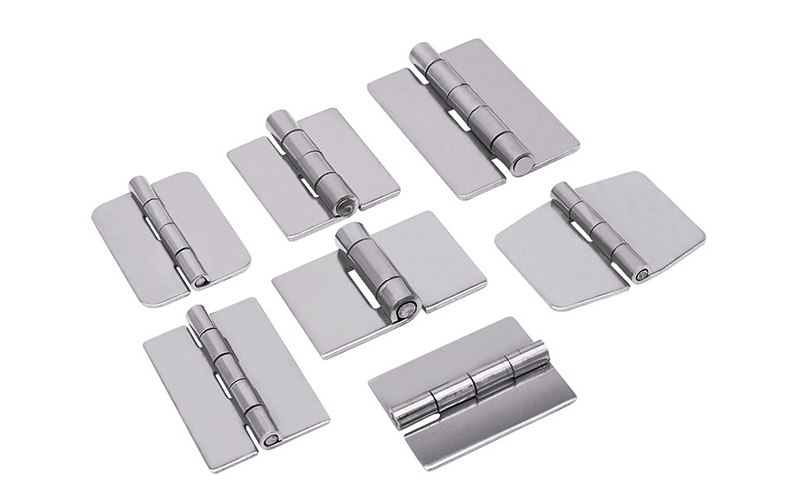The functionality and life expectancy of a door hinge might not be the first thing on our minds when examining a door’s components. However, the impact of choosing the right hinge is quite significant. For doors, especially those with stainless steel hinges, making well-informed choices means ensuring smooth operation and prolonged durability.
When installing stainless steel door hinges, it’s crucial to consider the hinge size in relation to door specifications, the optimal number of hinges for support, the hinge type best suited for the door’s use, the door’s location and environmental conditions, integrated security features, the hinge’s finish for aesthetic coherence, the use of appropriate installation tools and screws, and potential future maintenance needs.
In the realm of stainless steel door hinges, numerous factors come into play. Each of these elements can play a pivotal role in determining how the door functions and how long it lasts. Let’s dive deeper into the eight essential considerations to make when setting up your door hinges.

How well does the hinge size align with your door’s specifications?
Every door comes with its own set of requirements. For instance, a door that’s considerably weightier might necessitate a sturdier, larger hinge in contrast to its lighter counterpart.
To ensure a perfect fit, one must take into account the door’s dimensions, particularly its height, width, and overall weight. Overlooking this detail might lead to doors that don’t function as they should or face undue stress.
What’s the ideal number of hinges to provide maximum support?
The common practice for standard doors is the use of two to three hinges. Yet, based on factors like weight and the door’s vertical length, this number can differ.
Remember, for every added 30 inches in the door’s height, incorporating an extra hinge is advisable. This approach guarantees that the door’s weight is evenly distributed, ensuring seamless functionality.

Is the chosen hinge type in sync with the door’s intended usage?
The market is replete with varied hinge designs, each catering to specific uses. This includes options like butt hinges, pivot hinges, and continuous hinges.
To make a decision that’s in the best interest of your door, it’s imperative to acquaint oneself with these hinge types and gauge which one aligns with your door’s unique needs.
Have you factored in the location and surrounding conditions of the door?
While stainless steel is lauded for its robustness against rust, certain environments, especially coastal regions with higher salt content, can accelerate metal degradation.
Choosing a hinge that’s aligned with the environmental conditions ensures that your door remains unaffected and resilient even in tougher weather conditions.

Are security features like non-removable pins integrated?
A hinge’s primary function goes beyond just supporting the door; it’s also a security asset. Features like non-removable pins can thwart any attempts to unhinge the door from the outside.
Incorporating such enhanced security features not only bolsters safety but also provides invaluable peace of mind to occupants.
Does the hinge’s finish resonate with your desired look?
Functionality, while paramount, should not overshadow aesthetic considerations. Stainless steel hinges are available in diverse finishes, be it matte, brushed, or gleaming.
Choosing a finish that augments the look of your door and its surroundings can uplift the space’s overall ambiance.
Are you equipped with the right installation tools and screws?
The efficacy of a hinge is contingent upon its installation. Ensuring you have the right screws and tools is the key to a perfect fit.
Leveraging top-tier installation tools and pairing them with screws as recommended by the hinge manufacturer ensures that the hinge functions optimally and enjoys a longer life.

Have future maintenance and adjustments been taken into account?
Doors, with time, might need fine-tuning due to wear or settling issues. Hence, it’s smart to invest in hinges that allow for minor tweaks without the hassle of total reinstallation.
Hinges that offer adjustability can significantly streamline future door maintenance, ensuring longevity and hassle-free use.
Conclusion
The art of installing stainless steel door hinges requires a balanced approach that marries functionality, aesthetics, and security. By taking heed of the aforementioned points, one can assure that their doors are not only visually pleasing but also built to last.
You might also be interested:




